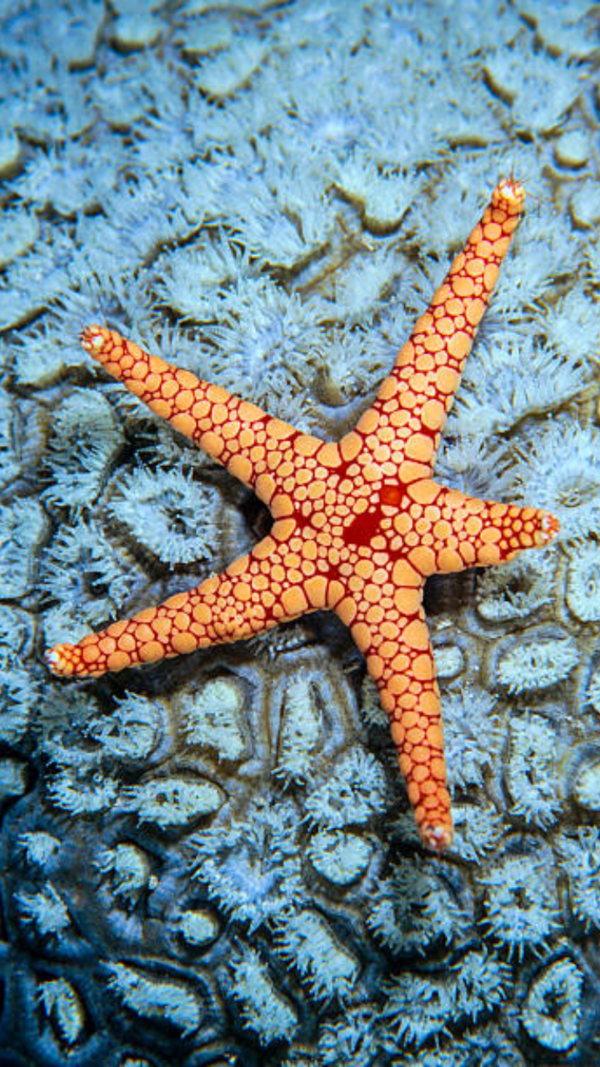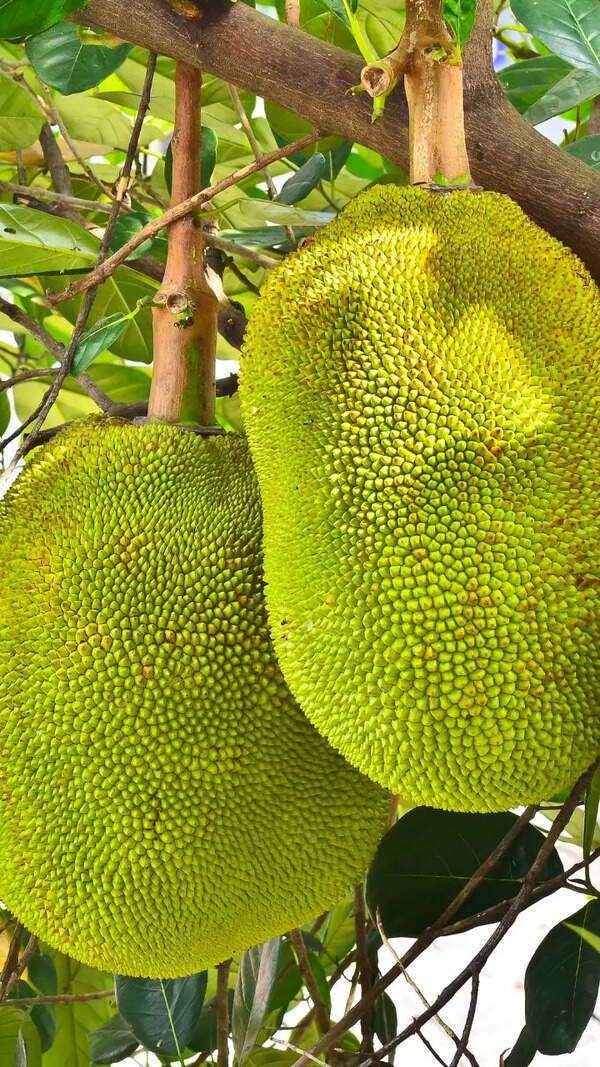5 ancient birds that continue to live today

Living relics
Some modern birds retain primitive traits like clawed wings, unique vocal organs, or specialized digestive systems, offering scientists a glimpse into avian evolution from prehistoric ancestors.

5 ancient birds that continue to live today
Birds have been around for millions of years, evolving from ancient dinosaurs into the wide variety of species we see today. But while many birds have come and gone over millennia, some have remained surprisingly unchanged, surviving through ice ages, escaping predators, and changing landscapes. These feathered creatures are often called living fossils, with origins that go back tens of millions of years, and studying them gives us important information about the distant past and the incredible adaptability of nature.
Today’s birds vary widely in size, habitat, and behaviour, but a few ancient species still glide across our skies just as their ancestors did eons ago. From the deep-diving loons in northern lakes to the powerful, flightless ostriches roaming the African plains, these birds have been around far longer than you’d expect and they’re part of the oldest surviving branches of the bird family tree. Here are five of these ancient bird survivors still living today.

Hoatzin
Found in the Amazon rainforest, the hoatzin is often called a “living fossil” due to its unusual features. It has claws on its chicks’ wings, which are quite similar to the ancient bird-dinosaur ancestors. Estimated to have split from other bird lineages around 64 million years ago. And instead of a regular bird diet, the hoatzin ferments leaves in its gut, kind of like a cow, which gives it an odd odour. Despite these traits, this bird continues to live in swampy South American forests.

Ostrich
Ostriches are the largest and heaviest birds alive today, and they trace their lineage back around 56 million years. Native to Africa, these flightless birds have adapted to life on land with powerful legs and a top speed of over 70 km/h. Though they can't fly, ostriches are excellent runners and resilient survivours. Their ancient lineage makes them one of the oldest living bird species, and their physical features tell about a world when flight was less essential for survival.

Sandhill crane
Sandhill cranes have been around for over 10 million years, making them one of the oldest surviving bird species. These tall, graceful birds are famous for their loud, bugling calls and massive migratory flocks across North America. Fossil studies show that their ancestors once roamed the Earth alongside mammoths. Today, they live in wetlands and grasslands, adapting well despite changes to their environment.

Kagu
Native to the remote forests of New Caledonia, the kagu is a mysterious, flightless bird with a lineage that may stretch back over 30 million years. Its main characteristics are ash-grey feathers, red legs, and eerie calls. Apart from that, the kagu is unique only in its island habitat. Unlike most birds, it has nasal corns, flaps that cover its nostrils. Its limited habitat has helped preserve its ancient traits, though habitat loss and invasive species now threaten its survival in the wild.

Loons
Loons are ancient birds that have been gliding through northern lakes for around 50 million years. Found in North America and parts of Eurasia, they’re amazing swimmers and deep divers because of their solid bones, which are rare in birds and help them stay underwater longer. Their sharp beaks and eerie, echoing calls make them unforgettable. While they’re elegant in water, loons are clumsy on land, which tells about their long history of being built for life in the water.








